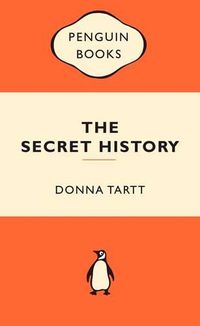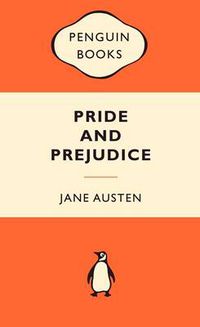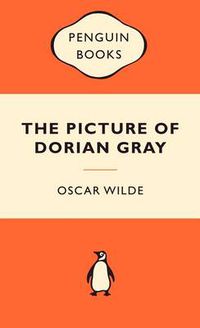We chat with celebrated Melbourne artist Marc Martin about the story behind is mural inside our new dedicated children’s and YA shop. This stunning mural forms the centrepiece of the shop’s design and we absolutely love it.
Readings Kids is now open so come say hullo, and to see his work in person. And don’t forget that Martin himself is dropping by Readings Kids at 12pm on Saturday 8 October as part of our opening day celebrations. Find more details here.
What inspired your Readings Kids shop mural? Were you thinking about creating a mood or a story or a place?
From the initial consultation with the staff at Readings, everyone had mentioned that they really liked the artwork from A River, so I thought it might be nice to do something that was A River inspired. I came up with two concepts for the mural, one version was a jungle that was quite dark and atmospheric, and the second was a greener, lusher jungle. We ended up going with the greener version, mostly because it matches the interior design colour scheme, and still plays with the idea of outside inside.
What do you have to do differently when you are painting to a larger scale on a wall?
Painting at a large scale is really difficult, especially with my kind of artwork, as it relies on density and busyness to fill up space and provide numerous points of interest. It’s easy to fill up space on a page and see how it’s looking overall, but not so much on a large mural – I had to constantly step back from the wall and see how the overall thing was looking. It’s also challenging to replicate the mediums and textures achieved on paper and transferring that to a wall. I added textural effects to the background of the mural with a dry brush before I applied the plants over the top, and this helped to give the mural a scribbly, loose look, and stop it from looking too flat.
Your picture books often take the reader into lush and detailed natural landscapes. What does nature mean to you?
I guess nature is important to me because it’s something we’ve become so disconnected from. We tend to put nature into this category of ‘the other’, or ‘the wilderness’, as if nature is something that we exist outside of. We’re constantly reinforcing this idea of nature being something we’re not a part of, as if our actions don’t have an impact on the environment we live in – and we’re seeing the direct effects of that way of thinking through climate change.
I like to think that my books can remind us that we’re all part of one living planet, full of different people, animals, and ecosystems, but all connected through nature.
What age were you when you knew you had a talent for drawing and painting?
I’ve never considered myself particularly talented when it comes to drawing and painting. If you asked me to draw a bicycle or a tree off the top of my head, I’d struggle to do anything decent! I need visual references to draw anything well! So in terms of talent, I think I’ve just worked really hard and pursued a career and lifestyle that I’m happy with, and everything has fallen into place around that. If you do something that you love, then that passion is going to translate into the work, and hopefully people will recognise that.
Your new book, Lots, is out this month, and promises to tell the reader about everything, from all around the world! How many of these places have you been to, and what was your favourite city or place in the book?
I’ve been to about half the places in the book. Thankfully the internet helped me discover some quirky information and facts about all the other places - you’d be surprised by how many strange travel blogs and websites there are about all these places. I could even virtually walk down the street using Google Street view, which really helped to get a sense of the surrounds. My favourite place in the book is probably Reykjavik. I just love the colours of the houses, and the incredible geography the city is surrounded by.





